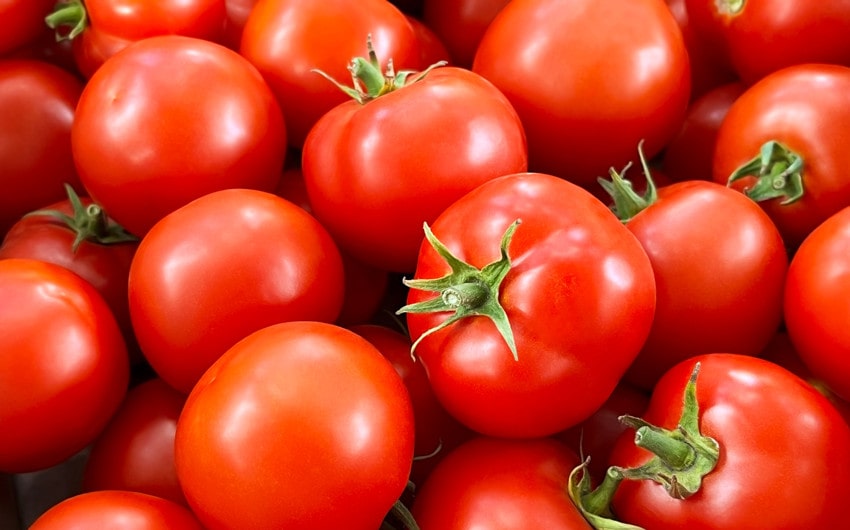15 Common Fruits That Are Actually Vegetables (Botanically Speaking)
You’ve probably grown up calling tomatoes and cucumbers “vegetables,” but science begs to differ. When it comes to botany, the line between fruits and vegetables isn’t always as clear as the produce aisle would have you believe. In fact, many of the “vegetables” you chop, cook, and season daily are actually fruits by definition.
Let’s dig into the delicious truth and uncover 15 common fruits masquerading as vegetables—and why they wear that disguise so convincingly.
What’s the Difference Between a Fruit and a Vegetable?
In botanical terms, a fruit is the mature ovary of a flowering plant, usually containing seeds. It develops from the flower and helps with seed dispersal. A vegetable, on the other hand, is any other edible part of the plant—roots, stems, leaves, or flowers.
In the culinary world, however, the lines blur. Fruits are usually sweet or tart and eaten raw, while vegetables are more savory or neutral and often cooked. This culinary logic is why many fruits are commonly treated like vegetables in recipes and diets.
1. Tomato
Let’s start with the classic debate. Botanically, tomatoes are fruits—specifically berries—because they develop from the flower and contain seeds. Yet they’re widely used in savory dishes like salads, sauces, and soups.
2. Cucumber
Another fruit-in-vegetable-clothing, cucumbers grow from flowers and contain seeds. Like tomatoes, they belong to the gourd family and are often served raw or pickled, leading people to assume they’re vegetables.
3. Bell Peppers
Red, green, yellow, or orange—bell peppers are fruits. Each one develops from a flower and houses multiple seeds. Their crisp texture and placement in savory dishes have earned them a spot in the veggie category, at least in the kitchen.
4. Eggplant
Also known as aubergine, this glossy purple produce item is a fruit. It’s technically a berry and belongs to the nightshade family—just like tomatoes and peppers.
5. Zucchini
Zucchinis (or courgettes) are part of the squash family and develop from the flower of the plant, making them fruit. They’re often cooked into savory meals like stir-fries or zoodle pasta, which hides their fruity status.
6. Pumpkin
Yes, even this autumnal favorite is a fruit. Pumpkins contain seeds and grow from flowering plants. While often treated like a vegetable in soups and stews, they’re botanically closer to melons.
7. Squash (All Varieties)
Summer squash, winter squash, acorn, butternut—they’re all technically fruits. Each variety forms from a flower and contains seeds, even if we usually roast them with garlic and herbs.
8. Peas
The pea pod is the fruit—it’s the vessel that holds the seeds (peas). However, because we eat the seeds and not the whole pod in many cases, it’s often categorized as a vegetable.
9. Okra
Okra pods develop from the flower and contain seeds, which makes them fruit. Popular in Southern and Indian cuisines, they’re usually cooked in stews or fried, which places them solidly in the savory world.
10. Corn
Each kernel on a cob is a seed, and the cob is part of the fruit. While we often treat corn as a grain or a vegetable (especially when eaten on the cob), botanically it’s a fruit made up of many individual seeds.
11. Avocado
This creamy staple is actually a single-seeded berry. While it’s not sweet, avocados develop from flowers and contain a large seed, making them fruits in the botanical sense.
12. Olives
Though more closely associated with savory foods like pizza and tapenade, olives are stone fruits—related to cherries and peaches. They contain a single pit and develop from flowering olive trees.
13. String Beans (Green Beans)
Similar to peas, green bean pods house seeds and develop from the flower of the plant. We tend to focus on the whole pod, which is why they’re typically seen as vegetables on your plate.
14. Chayote
This lesser-known gourd, often used in Latin American and Asian cuisines, is a fruit. It develops from a flower, has a seed, and is technically a member of the squash family.
15. Hot Peppers
Like their sweeter bell pepper cousins, chili peppers are fruits. They contain seeds and grow from flowers. Whether you’re using jalapeños, habaneros, or cayenne, you’re eating a fruit with a fiery kick.
Why Do We Call These Fruits “Vegetables” Anyway?
The confusion between fruits and vegetables is largely cultural and culinary. In the kitchen, we organize foods by taste and use—not by botany. So anything savory, typically cooked, or part of a main dish tends to get classified as a vegetable, regardless of its biological nature.
Even the U.S. Supreme Court got involved: in an 1893 case (Nix v. Hedden), tomatoes were ruled vegetables for trade and tariff purposes—based on how people use them, not what science says.
Final Thoughts
It turns out your plate is probably full of fruity imposters. Tomatoes, cucumbers, and pumpkins may wear the label “vegetable,” but their biology tells a different story. Understanding the difference isn’t just fun trivia—it also gives you a deeper appreciation for the food you eat every day.
So next time you slice into an avocado or stir-fry some zucchini, remember: you’re technically cooking with fruit. But no matter what you call them, these delicious edibles deserve a place in your kitchen.






